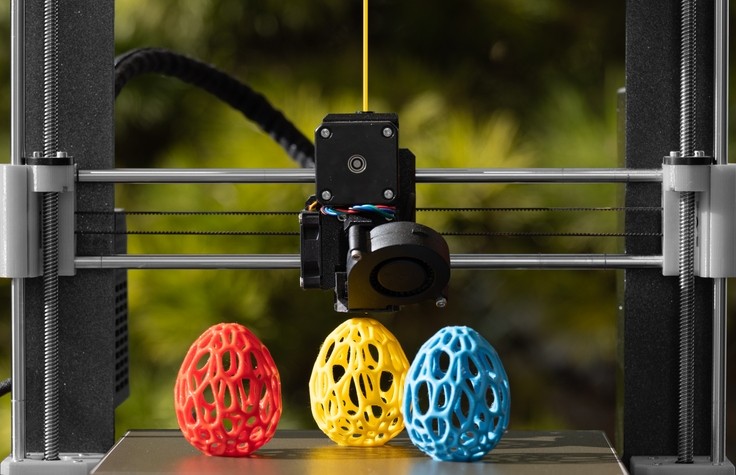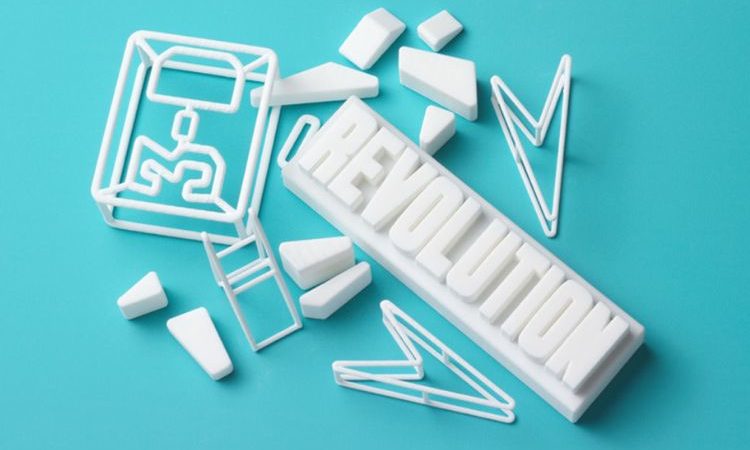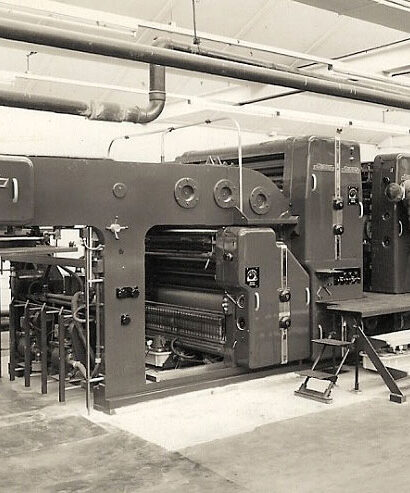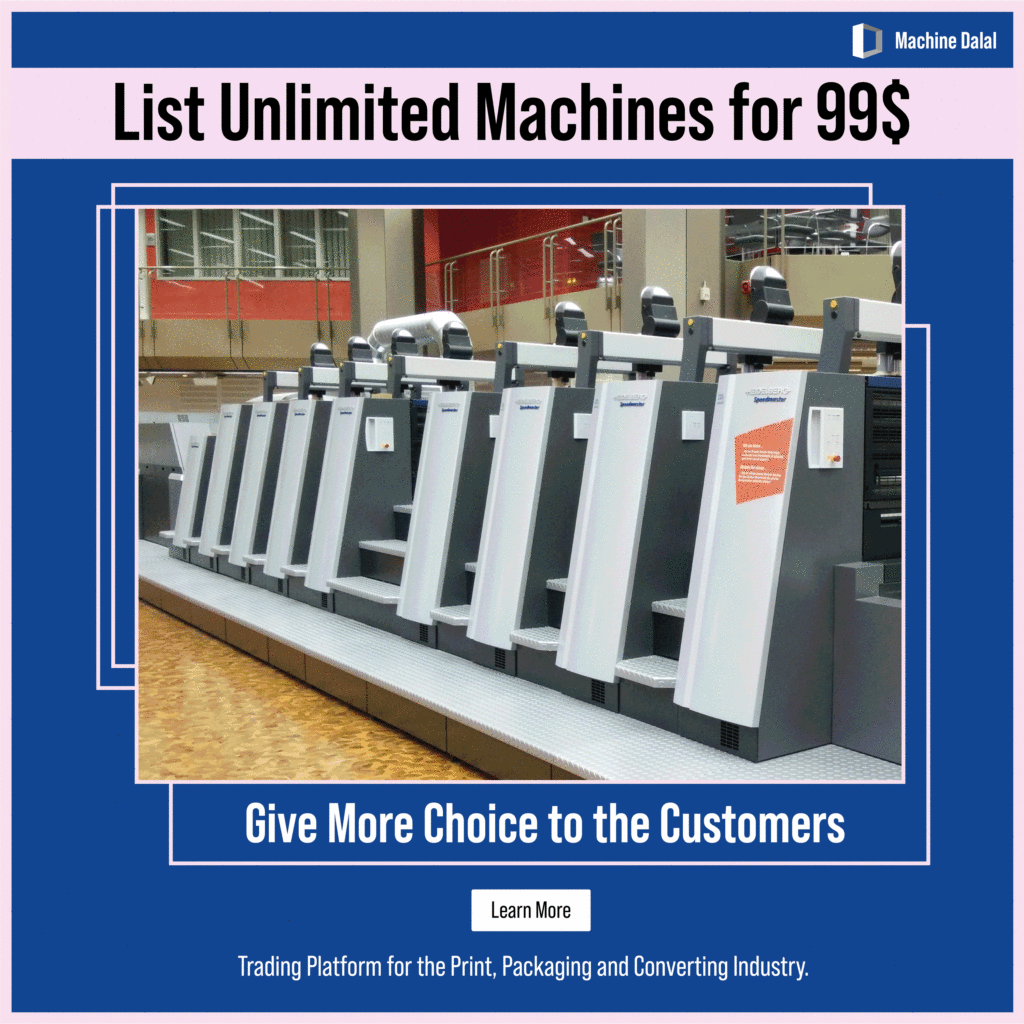In today’s fast-paced and interconnected world, technology is playing a pivotal role in shaping the way businesses operate and thrive. With each passing day, new advancements and innovations are opening up exciting avenues for businesses to explore and leverage. One such groundbreaking technology that is revolutionizing industries is 3D printing. Also known as additive manufacturing, 3D printing has emerged as a game-changer, offering numerous benefits and unlocking unprecedented possibilities for businesses across various sectors.
What is 3D Printing?
3D printing, also known as additive manufacturing, is a revolutionary technology that allows the creation of three-dimensional objects from digital designs. Unlike traditional manufacturing methods that involve subtractive processes (cutting, drilling, etc.), 3D printing builds objects layer by layer, adding material to create the desired shape.
The process typically begins with the creation of a digital 3D model using computer-aided design (CAD) software or by scanning an existing object using 3D scanners. The digital model is then sliced into thin cross-sectional layers.
The 3D printer interprets the sliced model and proceeds to create the physical object layer by layer. This is achieved by depositing or solidifying materials such as plastic, metal, resin, or even food in a precise pattern based on the digital design. The materials used can vary depending on the specific 3D printing technology employed.
Transforming the businesses across industries
As the technology of 3D printing continues to progress, it is poised to become a highly practical, efficient, and cost-effective solution for the development of everyday products. This advancement will pave the way for a broader range of materials, such as plastics, ceramics, and metals, which will revolutionize the manufacturing process and reshape how businesses bring their products to market. The implications of this transformation are far-reaching, promising streamlined production timelines and innovative sales approaches that will reshape the industry landscape.
That’s the future Tracy Hazzard, co-owner of 3D-printing company Hazz Design, foresees. Directed by Tracy and her husband, Tom, Hazz Design has developed over 250 products and generated nearly $1 billion in revenue for their retail clients. Business is soaring for the entrepreneurial couple, and on the cusp of this great manufacturing revolution, the Hazzards believe that 3D printing is going to change the way we do business.
The impact of 3D printing is being felt across various industries, from utilizing biomaterials for cutting-edge medical research to creating 3D-printed food products. This innovative manufacturing technique is gradually infiltrating every sector, revolutionizing how industrial and consumer products are invented, produced, and distributed. Here are a few noteworthy examples of how 3D printing is driving transformative changes in the world of manufacturing.
Food
Picture yourself as the owner of a bakery renowned for making intricate and decorative wedding cakes. Undoubtedly, this would demand great skill and labor, with your focus centered on conceiving, producing, and impeccably presenting the final products. However, amidst these responsibilities, you find it challenging to personally make the delicate garnishes and decorations that adorn these exquisite wedding cakes.

In this case, you could invest in a 3D sugar printer. With this technology, you are able to download various sugar decoration templates or even create designs all your own. Not only is this efficient and cost-effective, but you also now have something that is unique to your business and helps you break out of the competition. Now, instead of buying your sugar designs from someone else, you are able to make your own in-house.
“ It’s all about customization,” Tracy said. “More and more, 3D printing is giving business owners a chance to create something localized and unique to their business. ”
Wearables And Personalized Products
Even the products that you wear are slowly breaking into the 3D-printing industry. Feetz, a shoe company based in San Diego, exemplifies this trend by utilizing 3D printing technology to create shoes that perfectly match the measurements of each customer’s feet. Through a downloadable app, customers can input their foot dimensions, which are then transmitted to the shoe company for 3D printing. This innovative approach to on-demand shoe design not only streamlines the manufacturing process but also contributes to a reduction in the overall number of shoes produced, thereby minimizing our carbon footprint. By adopting this eco-friendly manufacturing method, we can address the environmental concern of certain shoe plastics taking up to a thousand years to biodegrade, making it a positive development for the planet.
“ 3D printing is giving companies the ability to be more expressive than they once were,” Tom said. “It’s a low-cost way to develop the exact products you want, entirely how you want them. ”
Numerous wearable and personalized products are emerging in the realm of 3D printing production. For instance, OwnPhones, a company currently running a Kickstarter campaign, aims to raise funds for their 3D-printed earbuds that provide a customized fit. As customers increasingly embrace and demand the elevated level of customization made possible by 3D printing, we can anticipate a surge in similar offerings from various companies.
Supply Chain Optimization
3D printing has the potential to disrupt traditional supply chains by enabling localized production and on-demand manufacturing. With 3D printers strategically placed in different locations, businesses can minimize transportation costs and reduce lead times. This localized approach also reduces the carbon footprint associated with long-distance shipping.
Furthermore, 3D printing empowers businesses to embrace just-in-time production, reducing the need for excessive inventory. By producing items as needed, businesses can minimize storage costs and respond quickly to market fluctuations. This flexibility in manufacturing and distribution offers a significant advantage in today’s fast-paced business environment.
Health Sector
The impact of 3D printing is felt across a wide range of industries. In the healthcare sector, it has revolutionized medical device manufacturing, prosthetics, and even organ transplantation. 3D-printed implants can be tailored to individual patients, leading to better treatment outcomes.

Additionally, dental companies are venturing into the 3D printing realm to create personalized invisible braces.
Almost all – 99% plus – custom hearing aids are now 3D printed in acrylic resin, and have been for years. Additive manufacturing is widely used in dentistry: teeth aligners, which are increasingly taking the place of traditional wire braces, would be almost impossible without 3D printing.
Aerospace
In aerospace, 3D printing has the potential to reduce the weight of aircraft parts while maintaining structural integrity. In architecture and construction, it allows for the creation of intricate building components and the realization of complex designs.
Invention And Product
It’s no secret that the creation of a new product is difficult: It involves significant time, expense, and the consumption of substantial materials to arrive at the perfect model. However, the challenges don’t stop there. After obtaining the desired product, the need arises to manufacture it in larger quantities, which often leads to resource wastage. This becomes particularly problematic when the demand is uncertain, especially for perishable products.
“ Before 3D printing, it was kind of a shot in the dark when it came to the amount of investment into a new product,” Tracy said. “But now, 3D printing offers a good way to test the waters without betting the whole farm. ”
Conclusion
The role of 3D printing in transforming businesses cannot be overstated. From streamlining manufacturing processes to enabling customization and personalization, this revolutionary technology offers immense opportunities for businesses to innovate, optimize operations, and gain a competitive edge. As 3D printing continues to evolve and become more accessible, businesses across industries must embrace its transformative potential to thrive in an increasingly dynamic and demanding marketplace. The future of manufacturing is being shaped by the limitless possibilities of 3D printing. This cost-effective and resource-efficient approach is expected to fuel innovation and inspire a new wave of inventors and production practices in the years to come.
Machine Dalal platform is preferred by buyers and sellers from the global print industry to get directly connected with each other and buy and sell used printing machines with ease.
Visit the Machine Dalal website or simply download our app.
You can also download our app onto your Android or iOS smartphone.




